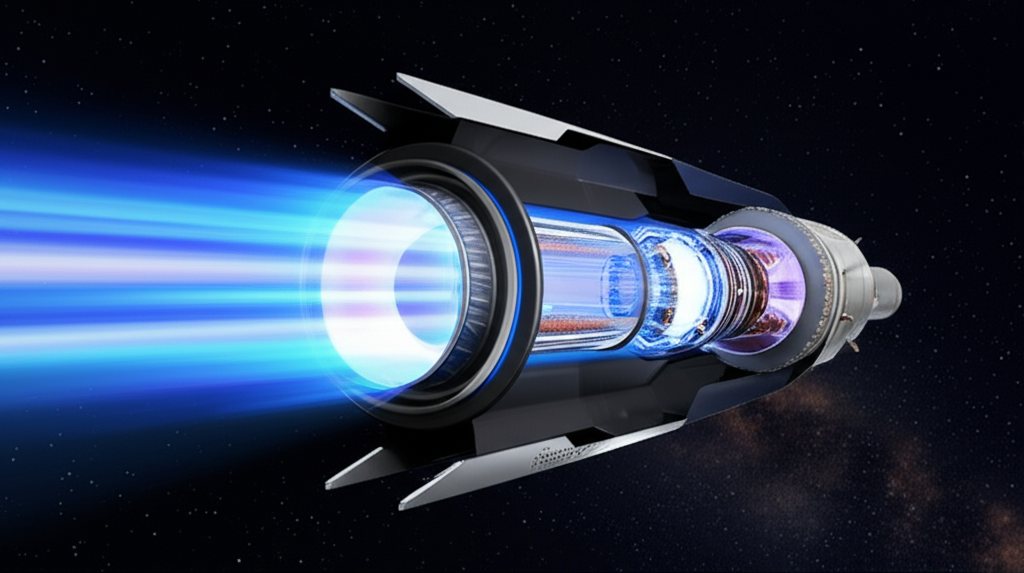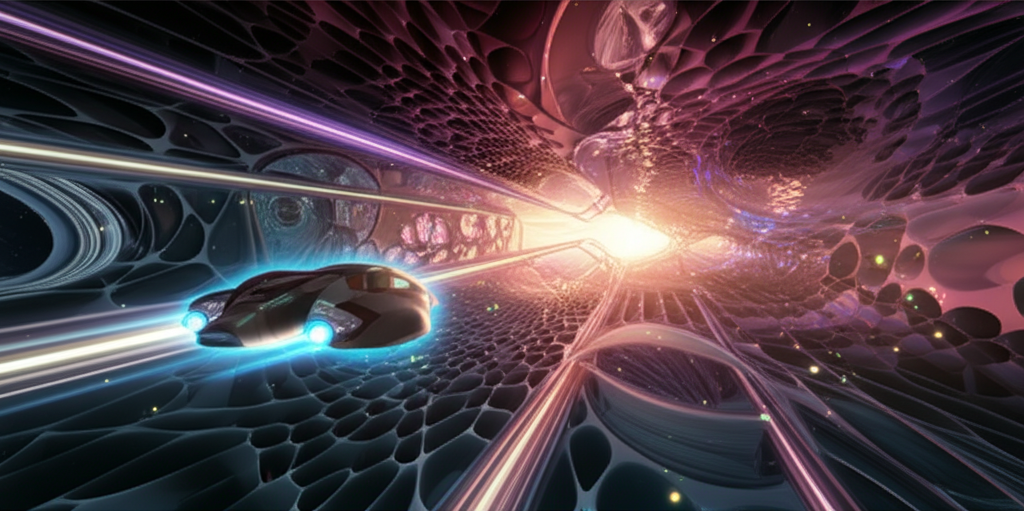Antimatter Propulsion: The Ultimate Speed Revolution
Explore the cutting-edge development of antimatter engines that could propel vehicles at near-light speeds, revolutionizing interplanetary travel.

The dream of interstellar travel has captivated humanity for generations. Today, antimatter propulsion systems are transforming this dream into an approaching reality, promising speeds that could carry us to the stars within human lifetimes.
Antimatter represents the most energy-dense fuel source known to physics. When matter and antimatter collide, they annihilate completely, converting 100% of their mass into pure energy according to Einstein's famous equation E=mc². A single gram contains the energy equivalent of 43 kilotons of TNT.
The primary challenge has always been containment. Antimatter cannot touch any normal matter without immediate annihilation, requiring sophisticated magnetic containment systems. Recent breakthroughs in superconducting magnetic bottles have achieved stable antimatter storage for extended periods.
Antimatter engines operate by carefully controlling the annihilation reaction between matter and antimatter. The resulting energy release is channeled through magnetic nozzles, creating thrust that far exceeds any chemical or nuclear propulsion system.
Current antimatter production occurs in particle accelerators, creating microscopic quantities at enormous cost. However, new production methods using cosmic ray harvesting and solar wind concentration show promise for large-scale antimatter generation.
Safety protocols require unprecedented measures. Modern antimatter engines incorporate multiple containment layers, automatic ejection systems, and quantum-encrypted control mechanisms. Emergency protocols instantly eject antimatter into space where it safely annihilates with solar wind particles.
Antimatter propulsion enables entirely new spacecraft architectures. The high thrust-to-weight ratio allows for constant acceleration, creating artificial gravity through continuous thrust and making interplanetary travel both fast and comfortable.
Mars missions using antimatter propulsion could reduce travel time from nine months to just three weeks. The outer planets become accessible within months rather than years, opening the entire solar system to human exploration and permanent settlement.
The ultimate goal is interstellar travel. Spacecraft powered by antimatter could reach 10-20% of light speed, making journeys to nearby stars possible within human lifetimes. Proxima Centauri could be reached in 20-40 years using antimatter propulsion.
The development will fundamentally transform human civilization. The solar system becomes humanity's backyard, with resources and living space expanding exponentially. Humanity transitions from a single-planet species to a true spacefaring civilization with the entire universe as our potential home.
Related Articles

Wormhole Highway Networks: Instant Interstellar Travel
Theoretical physics becomes practical reality as wormhole generators create instant transportation networks across the galaxy.

Quantum Foam Navigation: Traveling Through Spacetime's Smallest Structures
Revolutionary quantum foam manipulation technology enables vehicles to navigate through the fundamental fabric of spacetime itself, accessing transportation networks at the Planck scale.

Psychic Resonance Vehicles: Transportation Through Mental Telepathy
Revolutionary psychic amplification technology creates vehicles that respond to telepathic commands and connect minds across vast distances through quantum consciousness networks.